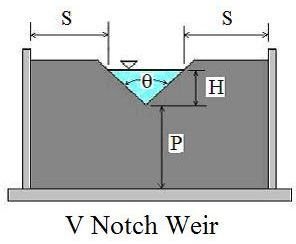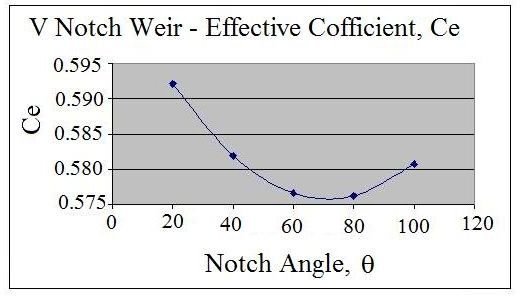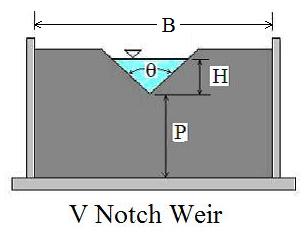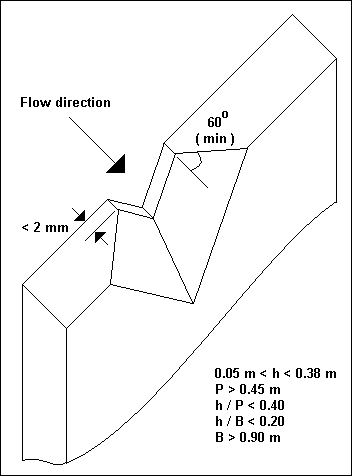V Notch Weir Plate Design
The discharge tables here are for thin plate weirs in general.
V notch weir plate design. For example a v notch weir might easily handle the normal range of discharges at a structure. The vertex bottom of the v notch of the weir plate. Downstream face of the weir plate was increasingly observed for hvalues less than 100mm. Special weirs a compound weirs.
This can be done by blocking the weir channel this can be done by blocking the weir channel behind the measurement point and filling the chamber with water to the level of the vertex. The name for a v notch weir is very descriptive as you can see in the picture and diagrams in the next couple of sections. Weirs can be free standing incorporated into weir boxes and weir channels. For a given profile size and shape discharge is a function of the head of water at the weir.
The v notch design causes small changes in discharge to have a large change in depth allowing more accurate head measurement than with a rectangular weir. Unusual situations may require special weirs. The v notch weir uses the principle of flow of water over a triangular or rectangular notched weir plate. A v notch weir is simply a v notch in a plate that is placed so that it obstructs an open channel flow causing the water to flow over the v notch.
At approximately 30 mm all flow ran down the outside of the v notch plate. Discharge characteristics of triangular notch thin plate weirs by john shen studies of flow of water over weirs and dams geological survey water supply paper 1617 b. Weirs are used in laboratory environments as well as real world situations such as rivers there are a multitude of designs for both weirs and drop structures. Triangular weir v notch weir equations v notch weir equations have become somewhat standardized.
Thin plate weirs are an economical way to accurately measure surface water seepage and clean industrial flows.















